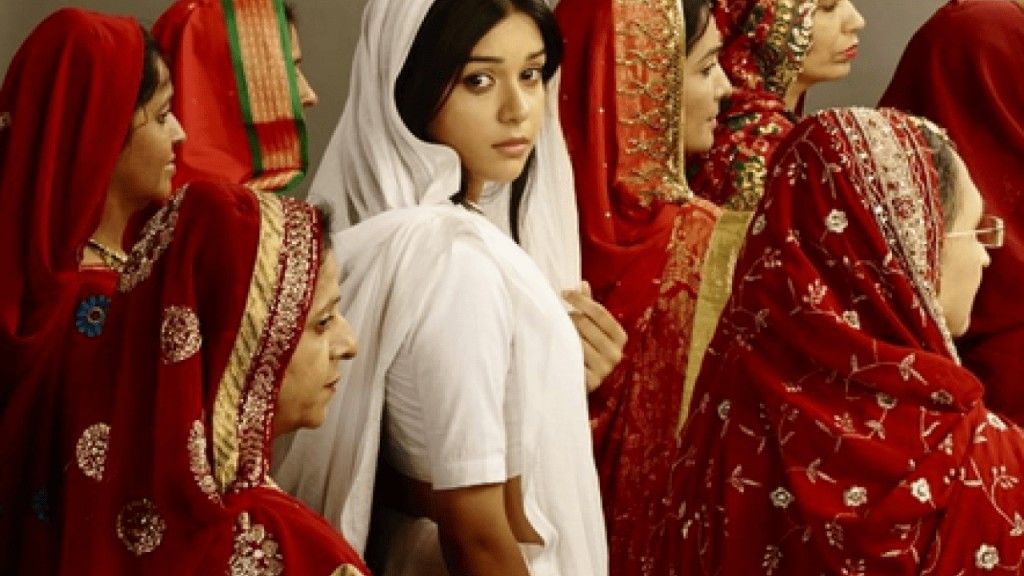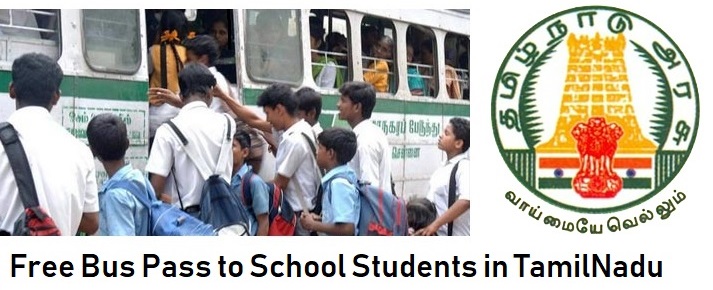In 1992, Tamil Nadu achieved a milestone in gender equality when the then Chief Minister introduced the Chief Minister’s Girl Child Protection Scheme. Its goal was clear: empower women, protect the girl child, and eradicate female infanticide. Over the years, this pioneering welfare scheme has evolved, offering long‑term benefits for eligible girl children and their families.
Today, the program supports education, discourages early marriage, and reinforces small‑family norms all while delivering financial security to girls born on or after August 1, 2011. As we explore this scheme in depth, you’ll learn about its benefits, eligibility, application process, and the profound impact it creates.

🎯 Objectives & Vision of Girl Child Protection Scheme
The Chief Minister’s Girl Child Protection Scheme was designed to:
- Promote girls’ education up to at least the intermediate level.
- Encourage marriage only after the age of 18 years.
- Support small‑family norms, especially two‑daughter families.
- Protect girl children’s rights and boost their social and financial empowerment.
- Raise the child sex ratio in Tamil Nadu by discouraging male‑child preference.
By aligning these goals, the scheme strengthens the family’s role in elevating girls’ status and reducing gender bias in rural and urban areas alike.
💰 Scheme Types & Financial Benefits
The welfare scheme consists of two major categories:
Scheme I – For families with a single girl child
- ₹50,000 deposited in the girl’s name as a fixed deposit with the Tamil Nadu Power Finance and Infrastructure Development Corporation Limited (TNPFIDC).
- From the 6th year onwards, the girl receives an annual educational incentive of ₹1,800.
- At the age of 18, if she appears in the 10th standard public exam, the entire FD plus interest is paid as a maturity amount.
Scheme II – For families with two girl children and no male child
- ₹25,000 deposited in the name of each girl as an FD with TNPFIDC.
- The same ₹1,800 annual incentive applies from year 6.
- The girl must appear in the 10th board exam to claim the maturity amount at age 18.
Notably, each FD is renewed every five years until maturity age, ensuring sustained financial growth.
✅ Eligibility Criteria
In order to qualify for the scheme, applicants must meet the following conditions:
- Only one or two female children in the family—no male child must be present or adopted in the future.
- At least one parent must have undergone sterilization before reaching 40 years.
- The annual family income must not exceed ₹72,000.
- The family—parents or grandparents—must be duly domiciled in Tamil Nadu for at least 10 years at the time of application.
- The girl should be born on or after 1 August 2011.
- The scheme is extended to Sri Lankan Tamil refugees residing in Tamil Nadu refugee camps.
Importantly, the scheme refuses adoption of a male child in the future if the benefit has already been availed.
📄 Documents Required
To apply successfully, parents or guardians must submit the following documents:
- Birth certificate of the girl child
- Community/domicile certificate
- Income certificate (annual income within ₹72,000)
- Aadhaar card
- Ration card
- Medical certificate confirming sterilization of one parent
- No male child certificate issued by Tahsildar
- Parents’ age proof (e.g., birth or school certificate)
- Recent family photograph
- Proof of 10-year residency in Tamil Nadu
- 10th exam hall ticket or proof of appearance at age 18 for maturity claim
Submitting accurate and complete documentation ensures faster processing and fewer delays.
📨 How to Apply for Girl Protection Scheme
You can apply either online through a Common Service Centre (CSC) or offline at local welfare offices:
🌐 Online via CSC
- Visit the nearest CSC (Common Service Centre).
- Submit copies of all documents and complete biometric verification.
- Fill out the application form and upload supporting files.
- You will receive an acknowledgement receipt with reference ID and submission date.
🏛️ Offline Submission
- Obtain the application form from the District Social Welfare Office, Child Development Project Office, or Rural Welfare Officer (Women).
- Attach all required documents and submit them in person.
- Request an official receipt or counter‑signed acknowledgment for future reference.
📅 Application Timelines
Timing is critical for eligibility:
- Scheme I: Apply before the girl child turns 3 years old.
- Scheme II: Apply before the second girl child completes 3 years of age.
- Late applications or those submitted after marriage or adoption will be rejected.
Applying early ensures eligibility and avoids disqualification due to missing deadlines.
⏳ Processing Duration & Maturity
Once applications are submitted, processing takes approximately one month, provided documents are complete and accurate. After approval, the fixed deposit is created and the deposit receipt is handed to the family.
Government authorities ensure that FDs are renewed every five years until the girl reaches 18 years. At that stage, if she appears in the 10th public exam, the entire deposit plus interest is credited to her bank account.
Further, families receive ₹1,800 annually from the 6th year onward to help with schooling expenses.
🌟 Social Impact and Empowerment
Certainly, the scheme’s impact stretches far beyond financial assistance:
- It motivates families to educate girls at least until the age of 18.
- It encourages families to plan for small family norms, reducing gender bias.
- The financial asset builds self-confidence for girls and supports higher education.
- The annual incentive helps girls continue schooling, thus lowering dropout rates.
- Overall, the scheme helps shift societal attitudes toward gender equality.
To date, Tamil Nadu has supported about 9.5 lakh beneficiaries, depositing over ₹1,462 crore under this scheme by 2019.
🔗 Learn More
To access official forms and detailed guidelines, visit the Social Welfare & Women Empowerment Department, Government of Tamil Nadu:
www.tnsocialwelfare.tn.gov.in/en
This is the official portal for application forms, eligibility updates, and contact details.
✅ Summary
The Chief Minister’s Girl Child Protection Scheme is an inspiring welfare initiative that transforms lives by supporting education, financial empowerment, and gender equality. By depositing ₹50,000 or ₹25,000 in fixed deposits for eligible girl children and incentivizing school retention, the scheme is a model for long‑term social investment.
Families that meet the criteria and apply early can secure a brighter future for their daughters by helping them pursue education, resist early marriage, and contribute confidently to society.

